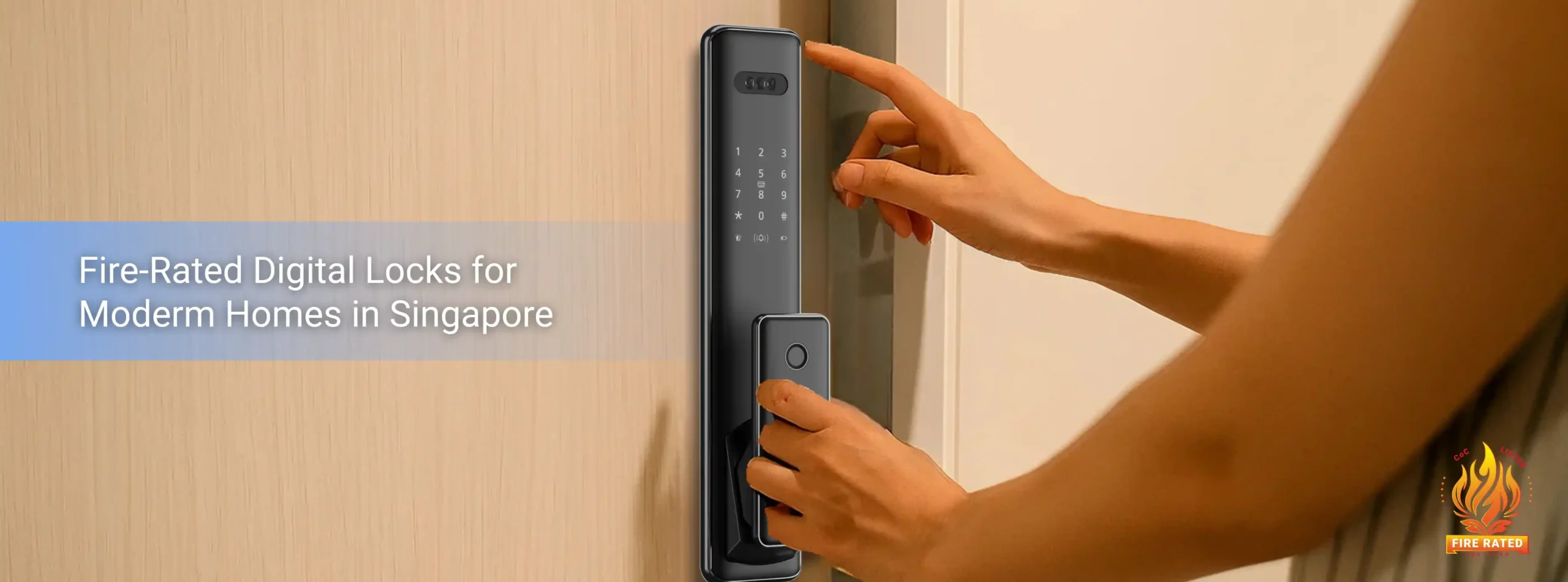
How to Tell If Your Door Seal Is Worn Out and Needs Replacing
A door seal might seem like a small, often overlooked detail in your home, but it plays a big role in maintaining comfort, energy efficiency, and even security. Whether it’s keeping out noise, moisture, dust, or hot air, a well-functioning door seal ensures your living space stays pleasant and protected.
But over time, even the best seals wear down. So how do you know when it’s time to replace your door seal?
This guide will walk you through the signs of a worn-out seal, why it matters, and how to check and replace it when necessary.
What Does a Door Seal Do?
Before diving into the signs of wear, it’s useful to understand the role of a door seal. Installed around the edges of your door, the seal acts as a barrier to:
- Prevent air leaks (hot or cold air escaping)
- Reduce external noise
- Keep out dust and insects
- Minimize water intrusion during rain
- Improve energy efficiency
- Support fire-rated doors with added protection
A damaged or worn-out door seal weakens these benefits and can make your home less comfortable and more expensive to maintain.
Signs Your Door Seal Needs Replacing
Here are the most common indicators that your door seal may be failing:
1. You Feel Drafts or Temperature Fluctuations
If you stand near your door and feel air coming through—even when it’s closed—that’s a clear sign your seal isn’t doing its job. A properly sealed door should block airflow completely.
This is especially important in Singapore, where keeping indoor air cool and energy bills low is a priority.
2. Your Energy Bills Are Rising
Worn seals allow conditioned air to escape, making your cooling system work harder. Over time, this leads to higher electricity bills. If your bills have increased without any major change in usage, a deteriorating door seal could be the culprit.
3. Visible Cracks, Flattening, or Peeling
Inspect the rubber or foam material along your door frame. If you notice any of the following, it’s time to replace it:
- Cracks or brittleness
- Sections peeling away
- Compression that no longer bounces back
Over time, constant closing and exposure to heat or moisture can break down the material, reducing its ability to seal properly.
4. Increased Noise from Outside
A good door seal also acts as a sound barrier. If you’re suddenly hearing more street noise, footsteps in the corridor, or neighboring conversations, it could mean your seal has gaps or is no longer dense enough to block sound effectively.
5. Water or Moisture Seepage
If you notice rainwater coming in near the bottom of your door during storms, it may mean the seal has lost its compression or positioning. Water intrusion not only creates mess and damage but also invites mould and mildew.
6. Dust or Insects Getting In
Another giveaway is frequent dust build-up or insect sightings, especially near the bottom of your door. Even the smallest gaps can act as entry points. A proper seal closes off those access points, so if you’re seeing more pests or dust, it’s time to check.
7. The Door Is Harder to Close or Lock
If your door becomes harder to close, latch, or lock, it could be due to the seal becoming misaligned or bulky over time. This can interfere with the door’s movement and security.
How to Check Your Door Seal
Here’s a simple checklist to test the effectiveness of your current door seal:
- Visual Inspection: Look for damage, flattening, or gaps.
- Paper Test: Close the door on a sheet of paper. If you can pull it out easily, the seal is not tight enough.
- Flashlight Test: Have someone shine a flashlight from the other side of the door in a dark room. If you see light coming through the edges, the seal isn’t airtight.
- Listen and Feel: Pay attention to airflow sounds, or run your hand along the edge to feel for drafts.
What Happens If You Don’t Replace It?
Delaying replacement can lead to a range of issues:
- Higher utility bills
- Increased noise pollution
- Water damage or dampness
- Pest and dust infiltration
- Worsened indoor air quality
- Reduced fire safety if you’re using fire-rated doors
Maintaining your door seal helps extend the lifespan of your door and protects your investment.
When and How to Replace a Door Seal
Most door seals last 2 to 5 years, depending on usage and material quality. If you’re seeing any of the signs above, it’s a good idea to replace it sooner rather than later.
You can replace door seals yourself if you’re handy with basic tools, or hire a professional for a quick, clean job. Just make sure you:
- Choose the correct seal type and size
- Clean the frame before installation
- Use high-quality adhesive or proper fastening techniques
There are various types available, such as automatic bottom door seals, adhesive foam seals, rubber gaskets, and brush seals—each suitable for different door types and needs.
